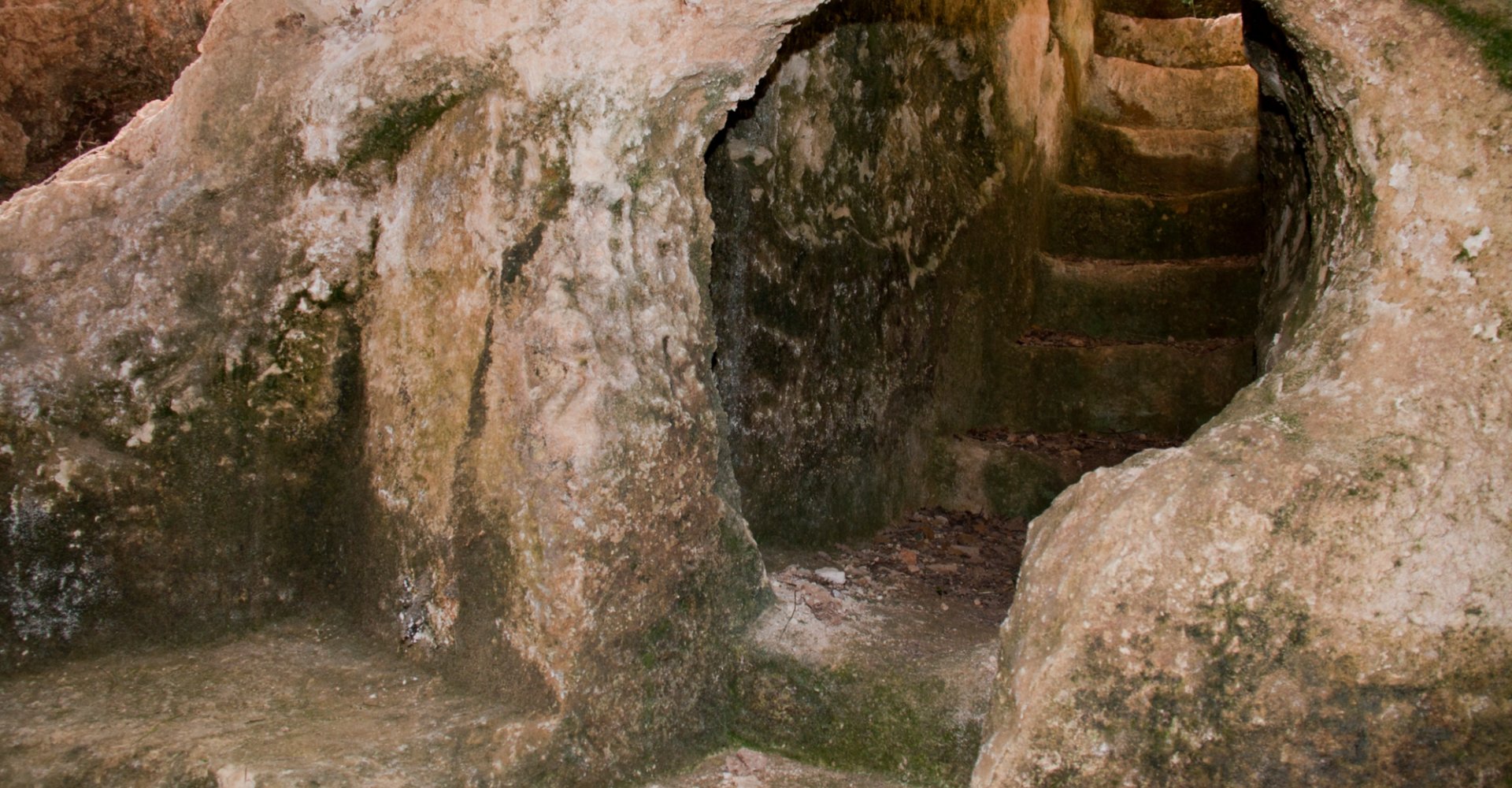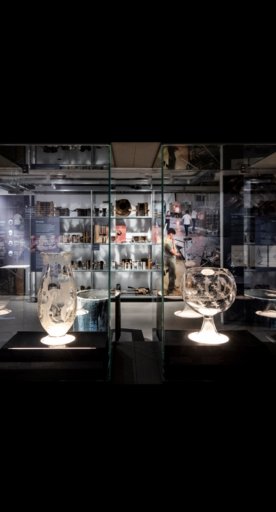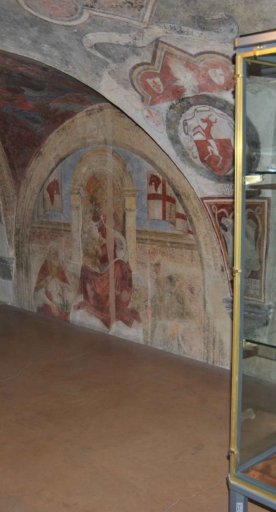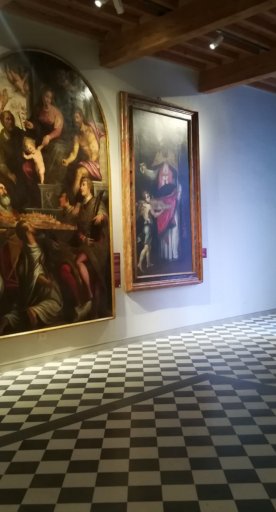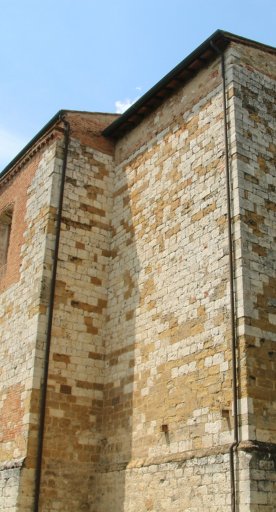Archaeological Park of Dometaia
The Etruscan necropolis near Colle Val d'Elsa
Dometaia, in the municipality of Colle Val d'Elsa, in the province of Siena, hosts the Etruscan necropolis of the same name. The park, officially inaugurated in 2011, makes visible a vast burial space and is considered among the most important ones in the area.
If the site was already known at the end of the nineteenth century, it is only between the late '70s and 2010 that more extensive excavations were carried out which led to the discovery of various burials. These, 56 in total, are distributed over a period of time ranging from the middle of the 6th century B.C. to the early years of the 2nd century A.D.
The particular arrangement of the hypogea (underground structures) has led to the hypothesis that their positioning followed an ancient commercial route of great importance which, starting from Volterra, would have reached Dometaia and then onward into internal Etruria.
The diversified typology of the tombs suggests that a very varied society was present, with big-sized hypogea with a complex plan that bear witness to the existence of forms of noble power. The tombs of modest size, however, are quadrangular or circular and belonged to the lower classes. They are the most widespread in the whole area of Volterra from the end of the 4th to the 1st century B.C.
The objects found inside the tombs, preserved for the most part in the Archaeological Museum "Ranuccio Bianchi Bandinelli" of Colle Val d'Elsa and in the National Archaeological Museum of Siena, include rich sets of black-painted and red-figure ceramics and other fragments of Attic pottery. These elements thus seem to confirm the wealth of the families to whom the tombs belonged.
